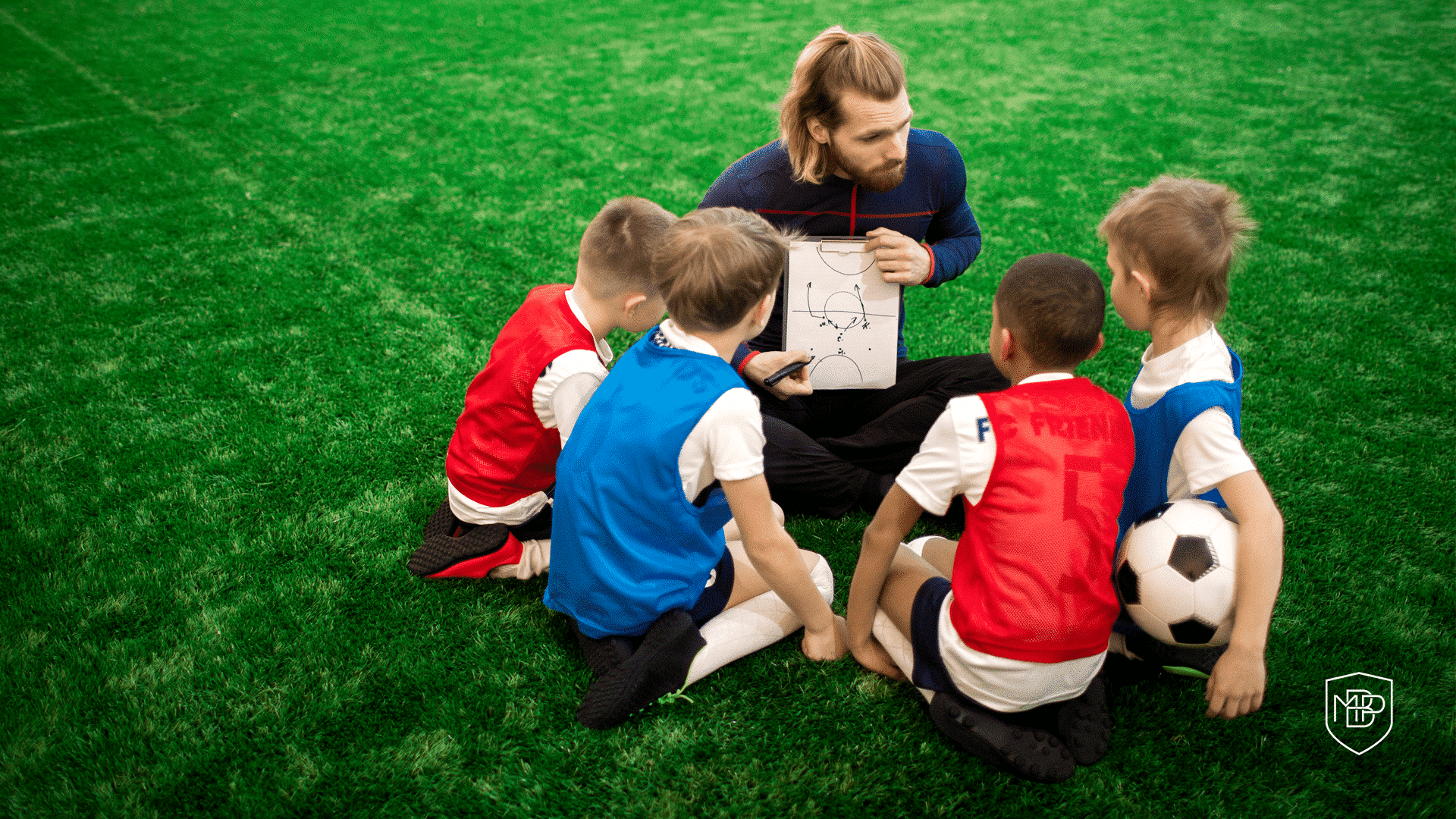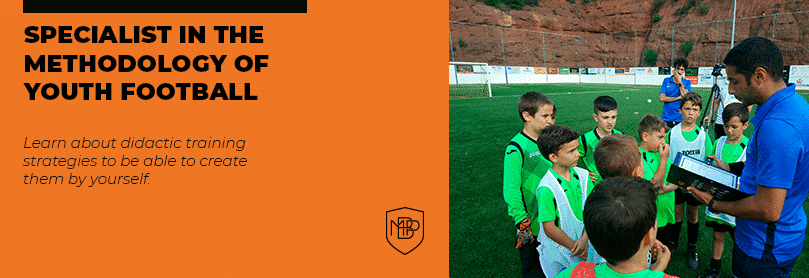There are different teaching styles in football, even more in youth development. During a training session, the coach can use diverse ways to communicate with the players. For our young players’ learning to be as meaningful as possible, it will be essential to:
- Understand the content and objectives from the training session.
- Design the teaching strategy that allows to train in the best possible way.
- Use the adequate teaching style to ensure the learning of the content and the objectives.
But, what is a teaching style?
According to Delgado Noguera: A teaching style is a way or form adopted by the didactic relationships between the personal elements of the teaching-learning process, both at a technical and communicative level and at the organizational level of the class group (team) and their affective relationships based on the decisions made by the teacher (coach).
The most common teaching styles and most used in youth football are direct command and guided discovery. Both styles have their pros and cons, as we will see later on. Also the election in the way to communicate with the player/team will affect the interpersonal relations between the two.
- First of all, direct command, an authoritative teaching style, happens where the main objective of the coach is the resolution to the problem that the player is experiencing at that precise moment through a direct order or indication. The use of this style is obvious and does not promote the personal thinking process of the player in new situations, but ensures effectiveness in terms of problem solving, thus minimizing creativity and understanding of the game.
- On the other hand, guided discovery is the antithesis of direct command, where the figure of the coach is a guide to solve the problem, since he/she will not give the player the solution. In this case, the coach will encourage the reflective/thinking process of the player with the aim of generating a more meaningful and long-term experience and learning.
When should we use each of them? Depends on what we have mentioned previously in regards to the content and objective key points of the selected teaching strategy.
For example, for tasks where we will be working more on a coordinative nature, direct command will be used, since it will not be necessary for the player to reflect on “how” to implement a basic or specific motor skill, but simply to experience that as many times as possible in the way we ask, so that it refines its technical structure.
On the other hand, during tasks of a more tactical nature, the use of guided discovery will be sought in order to enhance the player’s reflective phase, and his understanding of the game.
In conclusion, from MBP we want to promote the use of guided discovery from a certain stage of understanding of the game, aiming to develop intelligent, autonomous, effective and efficient players through meaningful and lasting tactical learning over time. It will be important to use different teaching styles that other resources offer us depending on the player’s need and the teaching / learning moment.









